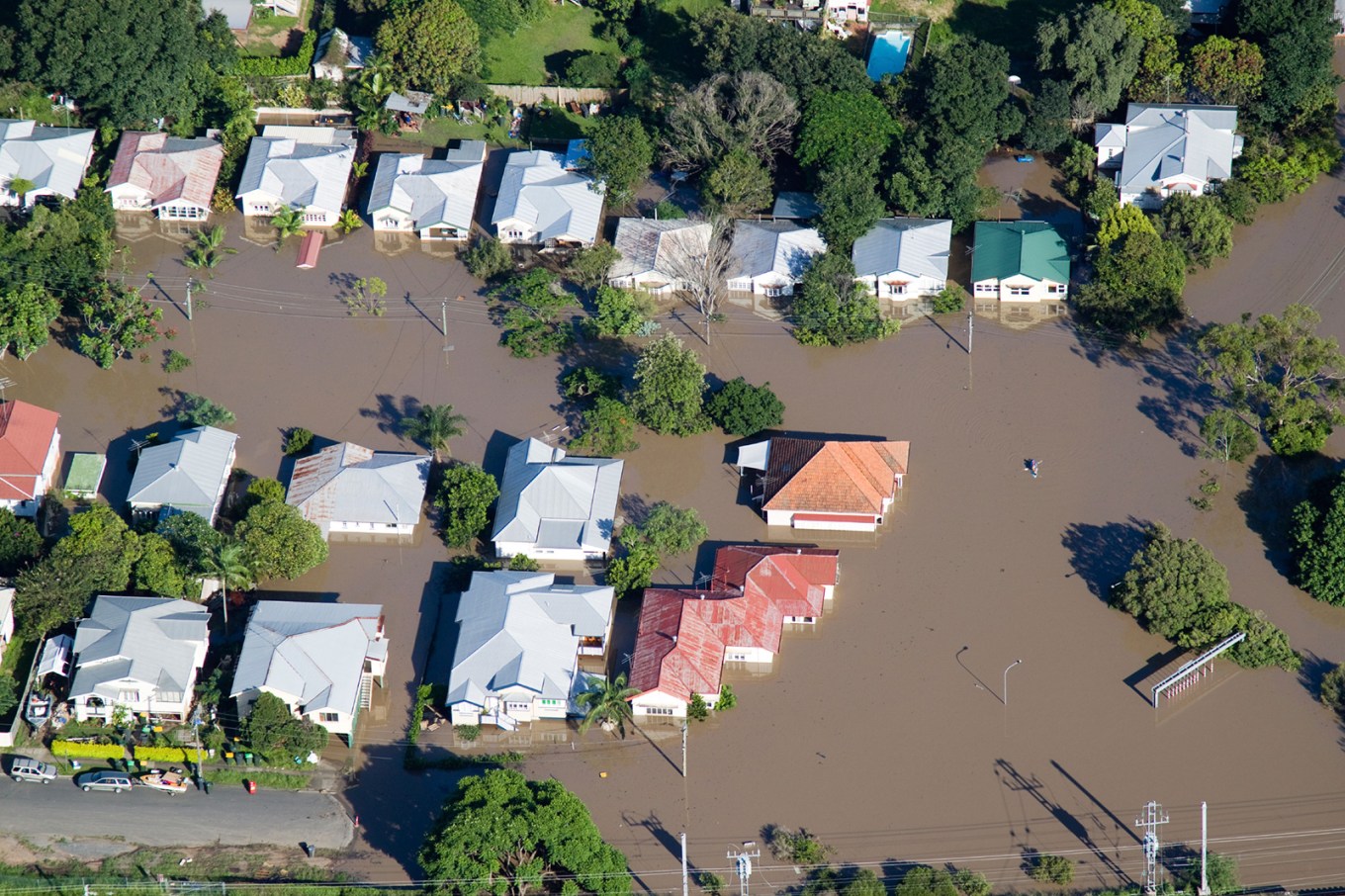Most homeowners who need flood insurance buy it from the federal government’s National Flood Insurance Program. But NFIP policies max out at $250,000. If your lender wants you to have insurance coverage beyond that, you have to purchase at least some of your flood insurance in the private sector.
That means buying:
- A federal policy worth $250,000 and
- An excess flood insurance policy for the additional coverage you need.
An excess flood policy mimics an NFIP policy, so whatever your federal flood policy covers, your excess policy should also cover.
Who Offers Excess Flood Insurance?
Only a handful of companies sell it, says Bill Gatewood, director of personal lines for Burns & Wilcox, an independent wholesale insurance brokerage. Companies that have offered excess flood insurance in some markets include:
- ACE Ltd.
- AIG
- Burns & Wilcox
- Chubb
- Fireman’s Fund
- Lloyd’s of London
- Private Client Group at Chartis
- Privilege Underwriters Reciprocal Exchange
- SWBC
- Wright Flood
Tip: You want a carrier that writes both NFIP and surplus policies.
Can You Get a Private Policy Only?
Some insurers sell a purely private flood policy, which eliminates the need for an NFIP policy.
Since the policies are market-based, they’re usually more expensive than insurance through NFIP. And insurers who offer them often only cover property valued at more than $1 million whose owners meet certain net worth standards.
In addition, some lenders are reluctant to accept purely private policies. Why? Banks fear private policies won’t meet the legal requirements for being equivalent to government coverage: There are things the Feds can do that private insurers can’t — like never canceling a policy. Plus, some lenders have concerns about whether a private insurer will be able to cover losses and protect the bank’s investment.
Can You Skip Excess Flood Insurance?
Not if your lender insists you have it.
First, understand what you must do: If your house is located in a high-risk flood zone and you use a federally related mortgage loan (that’s most mortgages) to buy or refinance it, your lender will force you to have some type of flood insurance.
Second, whether you have to tack on an excess policy depends on:
- The lender. Some require an excess policy to cover your home rebuilding costs above $250,000; others don’t.
- How much you owe on your mortgage. Your lender must require at least what you owe on your mortgage up to $250,000, but may require more for asset protection.
If you don’t want to buy an excess policy and can afford to cover your losses above $250,000 when you buy or refinance a home, shop around for a lender that doesn’t require an excess policy.
“Some people make a calculated decision not to purchase insurance above that [$250,000 limit] and they’ll take a risk that the water isn’t going to get so high that it does monetary damage,” Gatewood says.
Similarly, as you pay down your mortgage, depending on the lender, you may be able to cover the value of your house that’s equal to what you owe. For example, if you have a $250,000 mortgage and it would cost $500,000 to rebuild your home, your lender may require you buy only $250,000 in coverage — enough to pay off your mortgage.
If you’re getting a jumbo loan (that’s $625,500 or more in high-cost areas), your lender may be satisfied if you buy only an NFIP policy for $250,000 in damage. Or, your lender may tell you to get an excess flood policy, too. It just depends on the individual lender’s rules.
Related: Protect Your Home From Floods
Excess Flood Insurance Rates
It’s expensive, though specifics are hard to come by until you start seeking quotes.
“What we see is sticker shock,” Gatewood says. “Sometimes when people are buying homes, they think about just the cost of the home. Then, they go to get [excess] flood insurance and find out it’s going to cost $36,000 a year to insure.”
Insurers come up with a price for your specific property after considering a number of factors, such as:
- Your home’s location, age, and flood zone.
- How high your home is elevated.
- What floor your condo is on.
- Which way your building faces (the ocean or inland).
- How much coverage your want to buy.
- The distance from your home to the water.
- The size of the deductible you’re willing to pay.
How to Shop for Excess Flood Insurance
Since excess policies cost dearly and aren’t plentiful, this isn’t an insurance product you should shop for on your own. Use a knowledgeable insurance broker to help you uncover your options. Don’t know one? Most REALTORS® who work in flood zones can give you a referral.
“Get someone who understands and has sold the product before,” Gatewood says. Make sure the broker is getting as many proposals as possible — ideally three.
You’ll find prices vary and so do the rules insurance companies have about what they will and won’t cover including mobile homes, homes built on stilts, and homes in certain high-risk areas.
What Isn’t Covered by Excess Flood Insurance
The typical excess flood insurance policy won’t cover:
- Cash, art, jewelry, or other expensive items. (Take those items with you when you evacuate before a storm.)
- Lost rental income from an investment property.
- Basements in homes close to water.
- Homes in areas that insurers consider too high a risk.
By the way, contents coverage is often covered and priced separately.
Excess flood insurance is a unique product and getting an insurance professional involved as early as possible is your best bet for making sure your home is properly insured.
